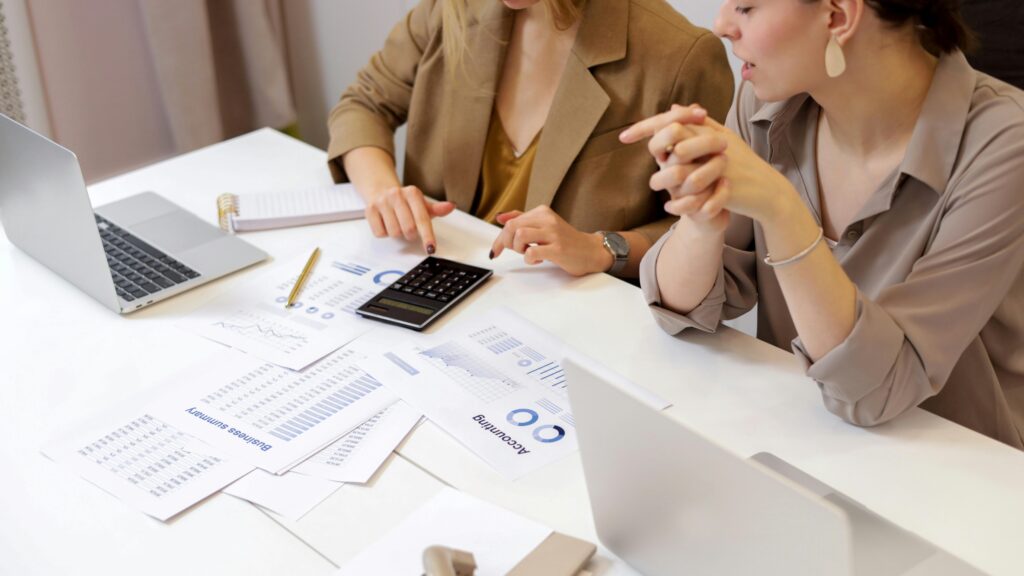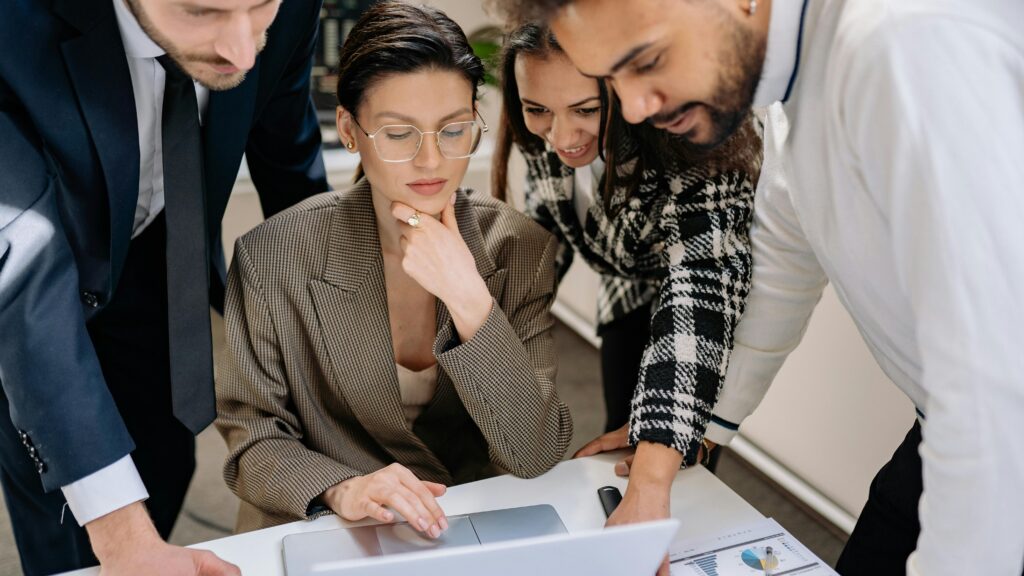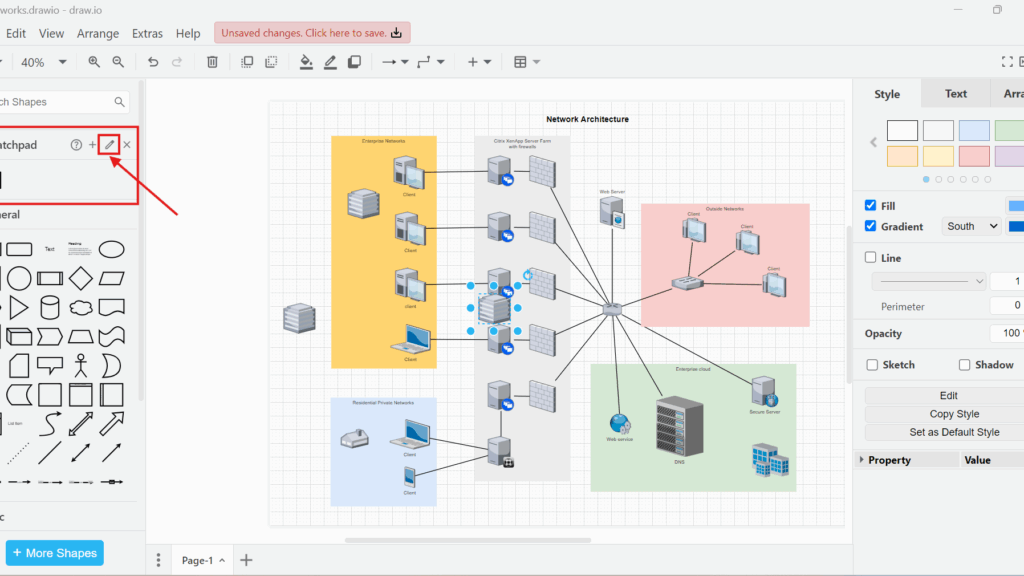ITIL Exception Events | Types of ITIL Events (1)
Before we start, here’s a quick overview of ITIL. It stands for Information Technology Infrastructure Library and provides best practices for managing IT services effectively. The goal is to align IT with business needs and improve customer satisfaction. In this article, I’ll explain ITIL Exception Events — what they are, why they matter, and how organizations handle them to maintain smooth and reliable IT operations.
ITIL Exception Events | Types of ITIL Events (1) Read More »



















